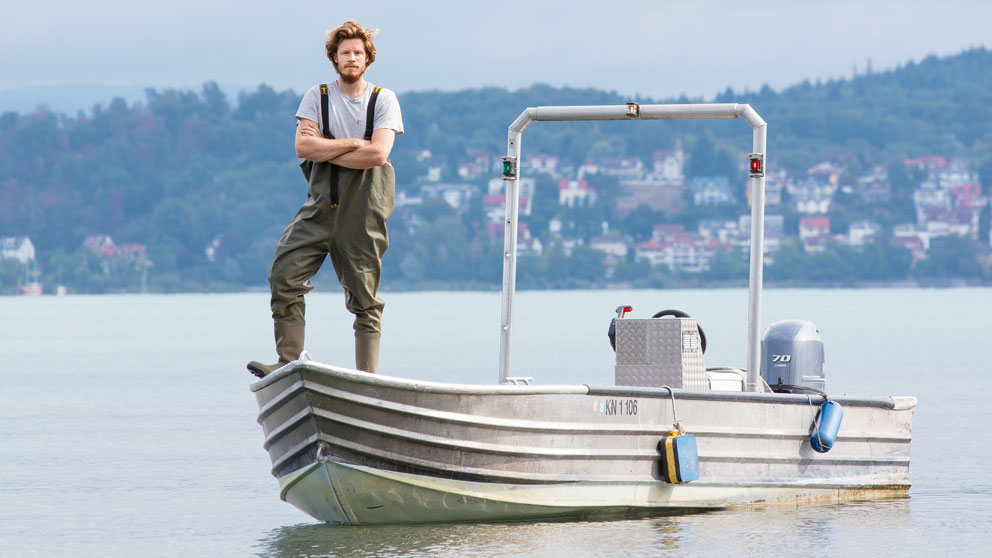Jump to the content
- {{#headlines}}
- {{title}} {{/headlines}}

Dr Jolle Jolles from the University of Cambridge, United Kingdom, is a Humboldt Research Fellow at the University of Konstanz and the Max Planck Institute of Ornithology in Radolfzell.

Initially, the Dutch biologist explored how brave or shy his lab fish were: he noted how far they strayed from the protection of underwater plants, how long they stayed out and how they responded to their respective companions. Jolles discovered that not only are some sticklebacks more courageous than others, but also more sociable. Whilst some like to stay close to their companions, others prefer to keep their distance. Groups in which the majority likes to live in close proximity are more cohesive, but those with a majority of unsociable members make faster progress.
Today, Jolles frequently regroups his sticklebacks to create ever new shoals. “When you create a new group, the individual fish sort themselves out according to their individual proclivities,” he explains. “What appears to be complex swarm behaviour is simply a matter of personalities.” The fish do not even need to know the characteristics of the other members of the shoal. Fish that are slower and like being near others tend to keep to the middle, while the less sociable, faster as well as bolder fish tend to be out in front. They are thus much more likely to take on the role of swarm leaders.
aus Humboldt Kosmos 109/2018
